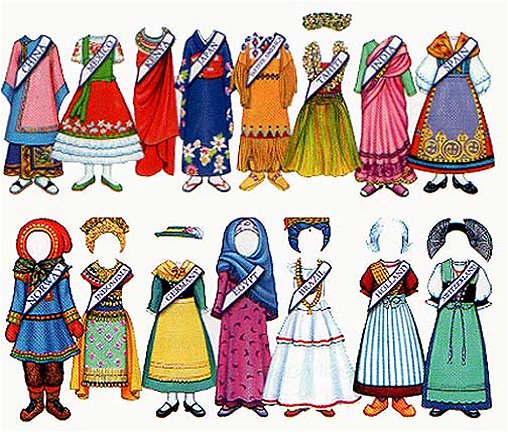
Native advertising.
Everyone’s talking about it, but what is it, exactly? It has something to do with ads that don’t look like ads, but rather provide a degree of value in terms of being content. In that sense, native advertising is certainly a form of converged media as it combines paid media (advertising) with owned media (content) – often with the goal of generating earned media (social interaction, UGC, etc.).
Yet brands have been paying publishers to run their own content since forever. Does that mean “native advertising” simply a neologism for what we used to call advertorial? Or branded content? Maybe it’s sponsored content?
If native advertising somehow differs from older models of advertorial, sponsored or branded content, where are the lines drawn? Does “native” necessitate some sort of technological framework to carry and/or distribute the content in question (à la products offered by The New York Times, or tech start-ups such as OneSpot or inPowered)? Does it mean a publisher’s in-house agency (think Buzzfeed, Gawker Media) was commissioned to come up with the creative?
Bottom line: The term “native advertising” raises more questions than it does answers.
The value proposition of native advertising is, however, clear in a digital environment of banner blindness and plunging clickthrough rates. Pre-roll ads are skipped or ignored, email subscriber rates are eroding. Given any kind of choice, consumers are saying a clear “no” to interruptive advertising.
Native advertising lies somewhere in bridging the divide between content marketing – a pull strategy – and plain, old fashioned advertising, which is interruptive. Somewhere in its definition is probably the fact of paying for space or time (the “advertising” part) is a fashion that’s “native,” i.e. organic, conducive to the user experience, non-salesy, and offers some sort of value in and of itself as an ad (entertainment, education, utility, for example).
Native advertising’s promise, therefore, is better performing ads – but only if metrics are defined that are “native” to “native.” DM goals likely don’t apply in this case. Highly customized ad solutions mean more revenue for publishers (and boy, can they use it now). Also, deeper creative engagements for agencies, and hopefully, a better user experience for consumers.
The fly in the ointment is that without a real definition of native advertising, it means anything you want it to mean. Or anything whoever’s trying to sell it to you wants it to mean. Confusion in the marketplace is not a good thing (though it can benefit certain constituents).
This is why, as a research analyst, my next project will be to define native advertising, as well as to map the landscape of products and technologies related to the practice. (I’m also part of an IAB taskforce that will work to define the term – it’s therefore important to note the research will be my own work, not that of a committee.)
As this project is just kicking off, I’d love to invite your input. What do you believe native advertising is? Isn’t? What are the important companies in the space? Please let me know, either via email or in the comments section.
I’ll report back soon. Watch this space!
A version of this post originally published on iMedia Connection
Image credit: www.bydewey.com
